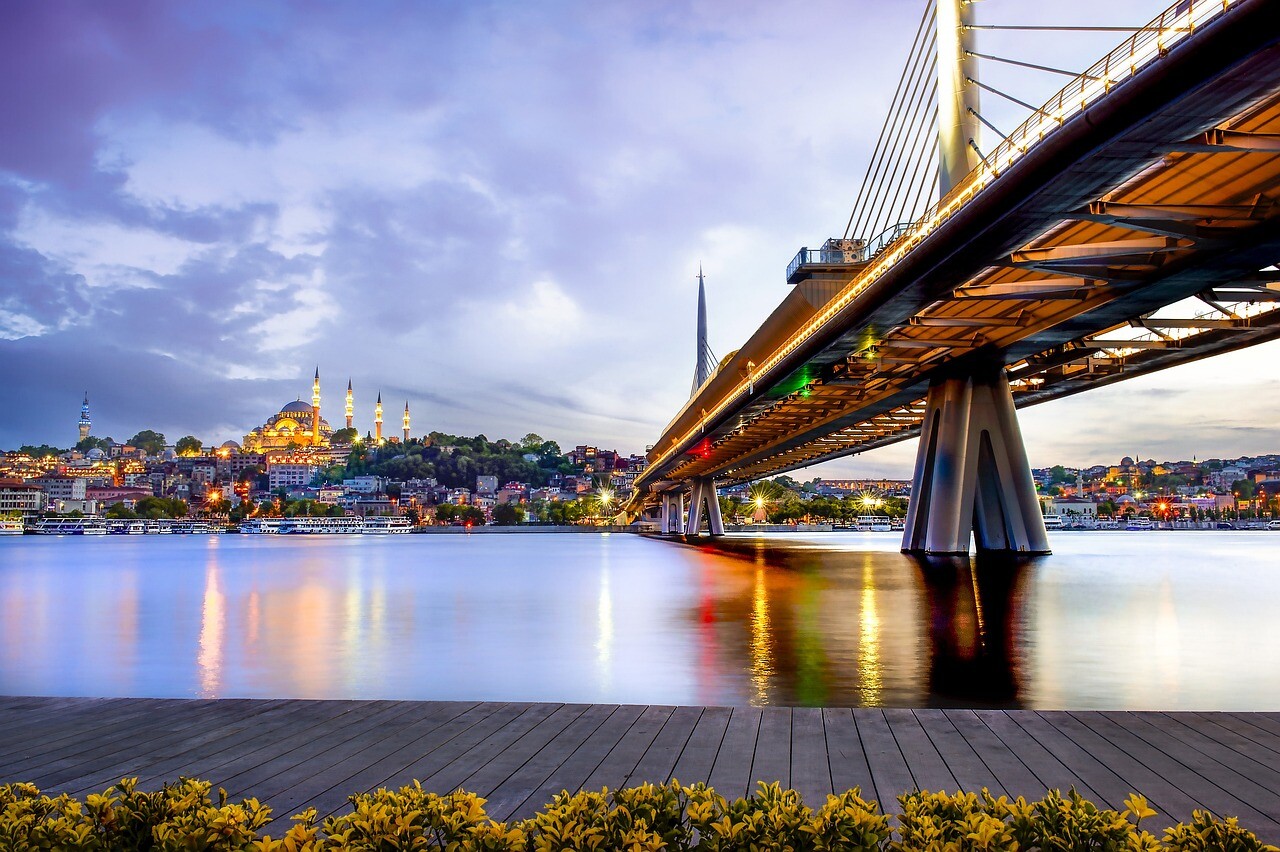
Turkish Expertise in Nasal Aesthetics and Function
Turkey's remarkable proficiency in rhinoplasty procedures reflects decades of specialized focus on nasal aesthetics and function. Turkish plastic surgeons typically perform significantly more rhinoplasties than their counterparts in Western countries, with leading specialists often conducting 300-400 nose surgeries annually compared to the 50-100 cases typical for surgeons in the United States or Western Europe. This high-volume practice creates unparalleled experience with diverse nasal structures, surgical challenges, and aesthetic considerations. The country's position at the crossroads of Europe, Asia, and the Middle East further enriches this expertise, as surgeons regularly work with varied ethnic nose characteristics, developing techniques that respect cultural identity while achieving desired improvements.This specialization begins during medical training, with Turkey's plastic surgery residency programs placing particular emphasis on rhinoplasty techniques. Many programs incorporate dedicated rotations focused exclusively on nasal surgery, and fellowship opportunities for additional rhinoplasty specialization are widely available at the country's leading medical institutions. Turkish surgeons pioneering preservation rhinoplasty—an advanced approach that maintains the nose's structural integrity while making precise modifications—have become influential educators, drawing international surgeons to Turkey for specialized training courses and observation programs. This educational prominence has created a virtuous cycle where innovative techniques developed in Turkey influence global practice, further enhancing the country's reputation for rhinoplasty excellence.
Technological integration further distinguishes rhinoplasty procedures in Turkey, with leading clinics incorporating advanced imaging systems that allow patients to visualize potential outcomes before surgery. Three-dimensional scanning creates precise digital models of the patient's current nasal structure, which surgeons can then modify to demonstrate possible results from different approaches. This technology not only aids in surgical planning but also ensures patients develop realistic expectations through visual representation of achievable changes. Additionally, specialized endoscopic equipment allows for less invasive techniques in appropriate cases, while custom-designed instruments facilitate the precise maneuvers required for successful structural modifications.
The Patient Journey: From Consultation to Recovery
The rhinoplasty experience in Turkey typically begins with comprehensive virtual consultations designed specifically for international patients. These initial assessments involve detailed photographic analysis from multiple angles, in-depth discussion of the patient's concerns and aesthetic goals, and preliminary evaluation of candidacy for various surgical approaches. Unlike generic consultations that provide basic price quotes, thorough rhinoplasty evaluations assess nasal skin thickness, cartilage strength, breathing functionality, and facial proportions to develop preliminary surgical recommendations. The most reputable surgeons provide candid assessments during these consultations, sometimes recommending against surgery if they believe a patient's goals are anatomically unrealistic or if underlying conditions might compromise results.Upon arrival in Turkey, the in-person consultation for rhinoplasty procedures often incorporates additional diagnostic elements not possible remotely. Many specialist clinics use computerized airflow testing to objectively measure breathing function, identifying issues that might require internal structural correction alongside aesthetic changes. Physical examination allows the surgeon to assess nasal cartilage strength, skin elasticity, and internal valve function through direct palpation—critical factors in determining the appropriate surgical technique. This face-to-face meeting also provides opportunity for detailed discussion of recovery expectations, potential complications, and realistic timeframes for seeing final results, as the healing process for rhinoplasty extends well beyond the initial recovery period.
Recovery from rhinoplasty procedures in Turkey follows a predictable pattern that international patients should understand when planning their medical journey. The first week involves wearing an external splint to protect the newly shaped nasal structure, with internal splints sometimes used for procedures involving septum correction. Most patients experience moderate swelling and bruising during this period, with the most visible effects subsiding within 10-14 days—though residual swelling can persist for months, gradually diminishing to reveal the final result. International patients typically remain in Turkey for 7-10 days following rhinoplasty, allowing for removal of splints and sutures, initial recovery monitoring, and at least one post-operative consultation before flying home. This timeline ensures patients receive critical early care from their surgical team and avoids the potential complications of flying too soon after nasal surgery.
Combining Medical Treatment with Turkish Cultural Exploration
For travelers seeking rhinoplasty procedures in Turkey, thoughtfully integrating medical treatment with cultural experiences creates a more rewarding journey. Strategic planning of pre-operative and post-operative activities enhances both aspects of the trip, allowing patients to enjoy Turkey's magnificent heritage while respecting the physical limitations that follow nasal surgery. The days before surgery provide perfect opportunity for more active exploration, as patients face no physical restrictions during this period. Many visitors use this time to explore Istanbul's magnificent historical sites like the Hagia Sophia, Blue Mosque, and Topkapı Palace, or browse the sensory delights of the Grand Bazaar and Spice Market before their temporary sensory limitations following nasal surgery.Following rhinoplasty procedures in Turkey, recovery considerations naturally shape suitable activities. During the first 3-5 days, most patients prefer remaining close to their accommodation, focusing on rest and following post-operative instructions regarding ice application, head elevation, and medication. As initial recovery progresses, gentle activities become appropriate, with many patients enjoying Bosphorus cruises that provide spectacular views of Istanbul's skyline without physical exertion. The waterfront promenades in both Istanbul and coastal cities offer perfect settings for the light walking recommended during recovery, while the country's renowned cafés provide pleasant environments for people-watching and absorbing local culture while maintaining the upright posture advised following nasal surgery.
For those combining rhinoplasty procedures in Turkey with cultural experiences, timing considerations become important. Most surgeons recommend avoiding strenuous activities, excessive sun exposure, and crowded environments during the initial recovery period. Organizing cultural activities in phases helps accommodate these limitations, with museums, traditional music performances, and culinary experiences becoming appropriate as recovery progresses beyond the first week. Turkish hamams (traditional baths) should be avoided during initial recovery, but gentle spa treatments modified for post-surgical patients can provide relaxation without compromising results. This thoughtful integration of medical care with cultural exploration transforms a rhinoplasty journey into a multidimensional experience that nurtures both physical transformation and cultural enrichment in a country renowned for its hospitality, heritage, and healing traditions.


Comments